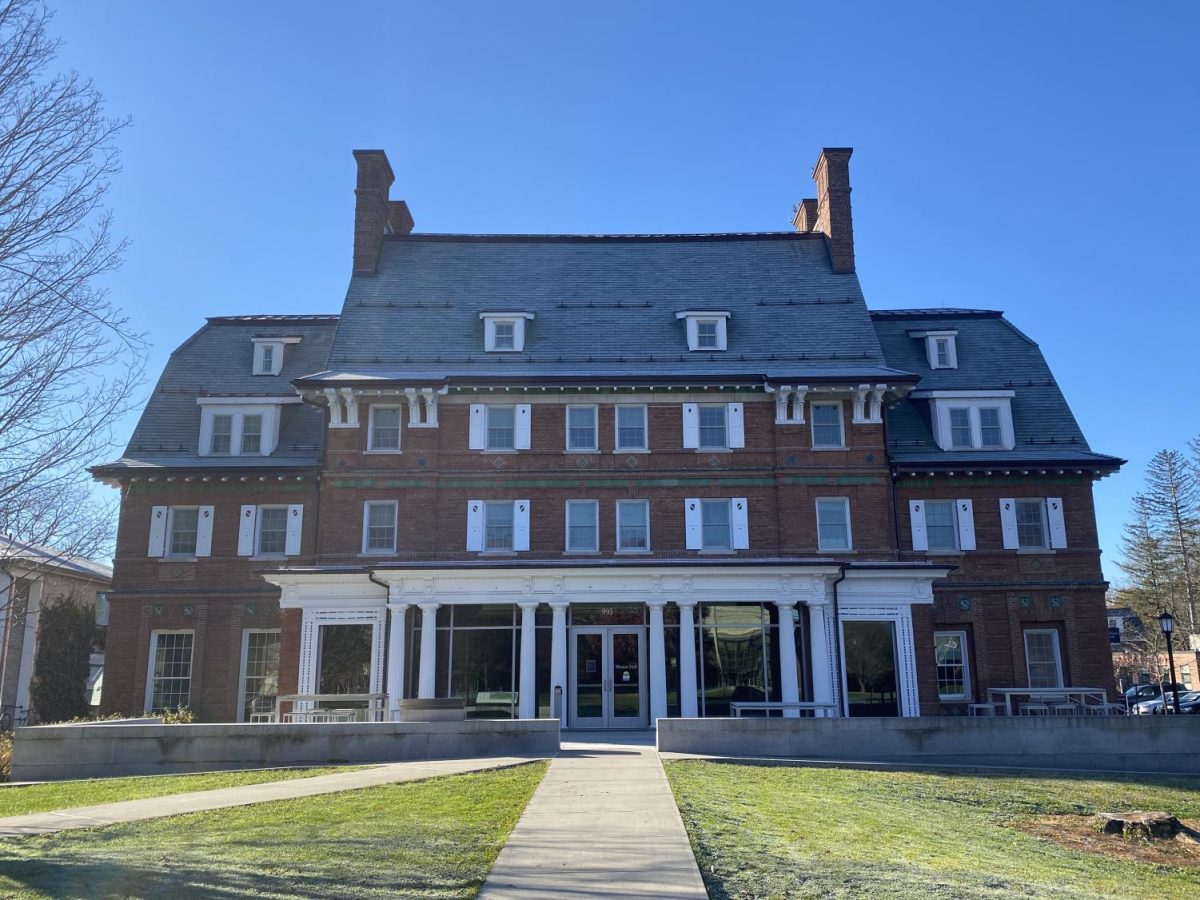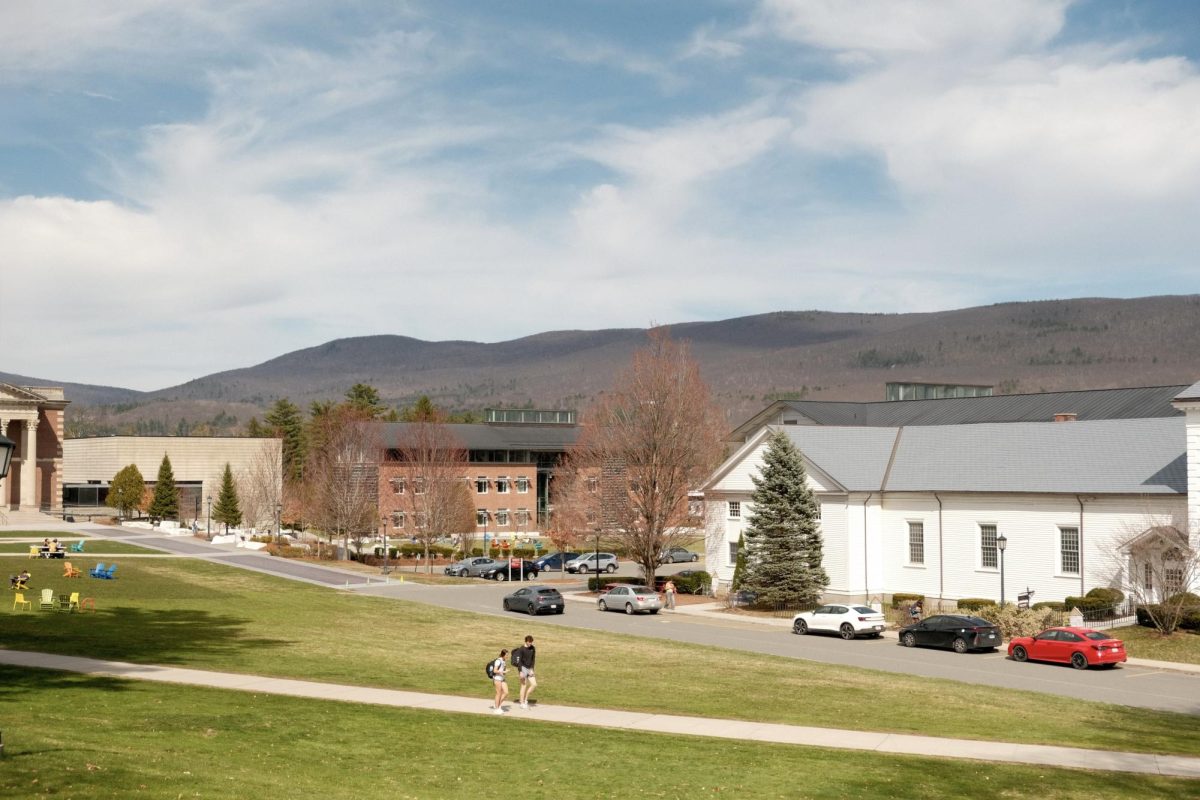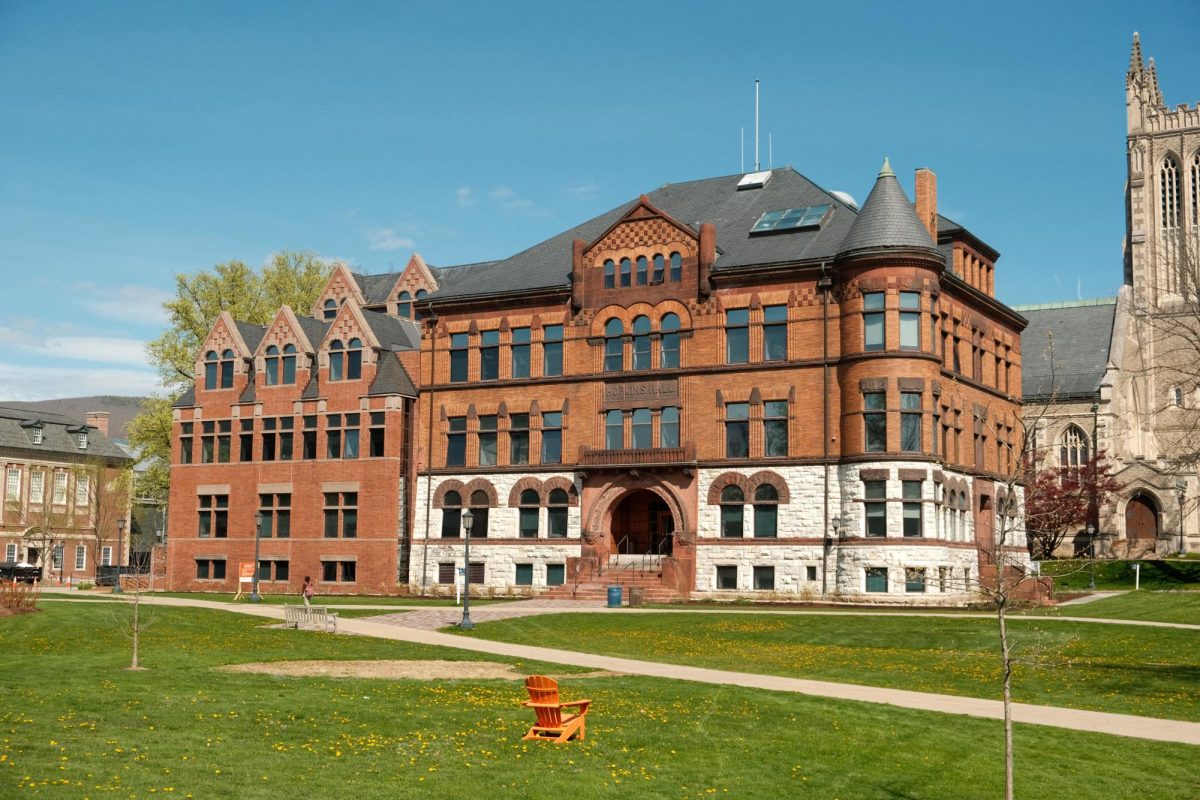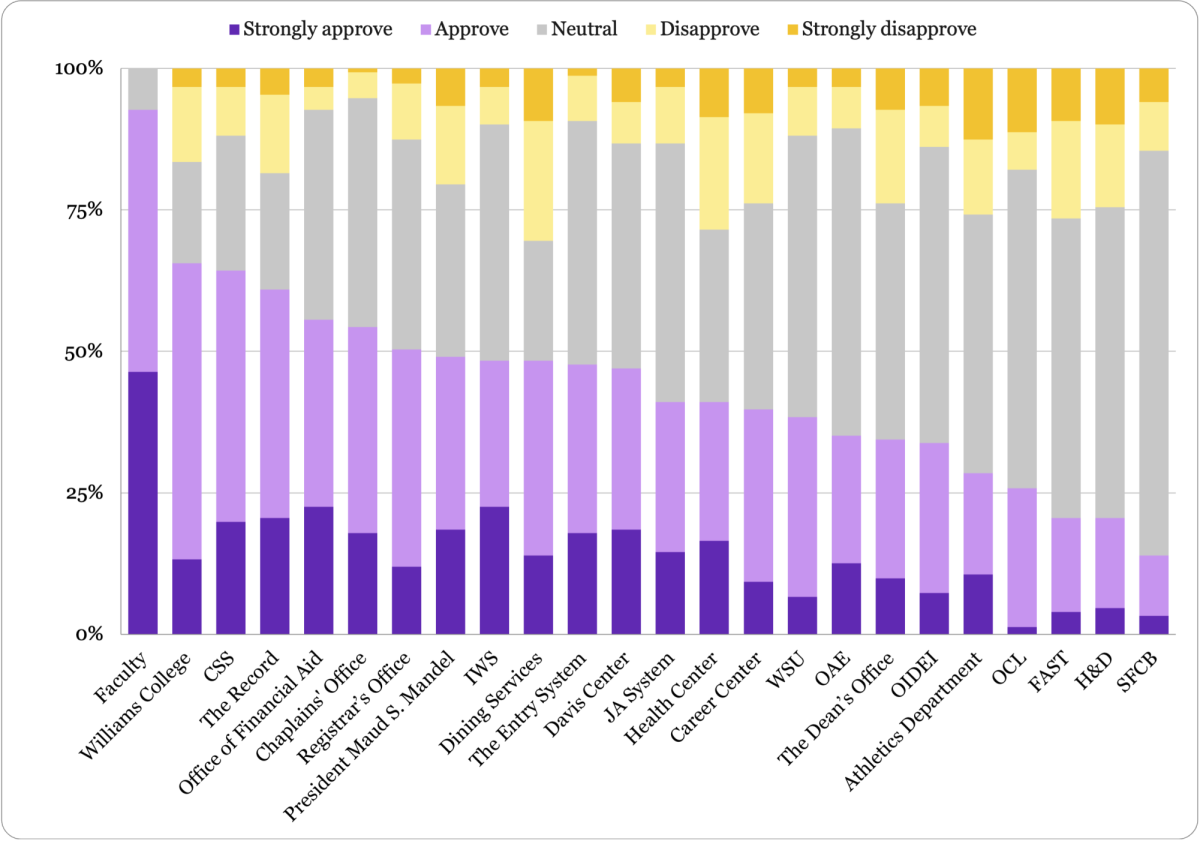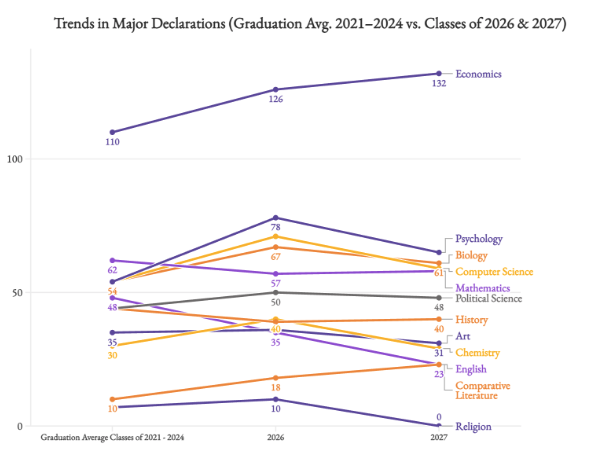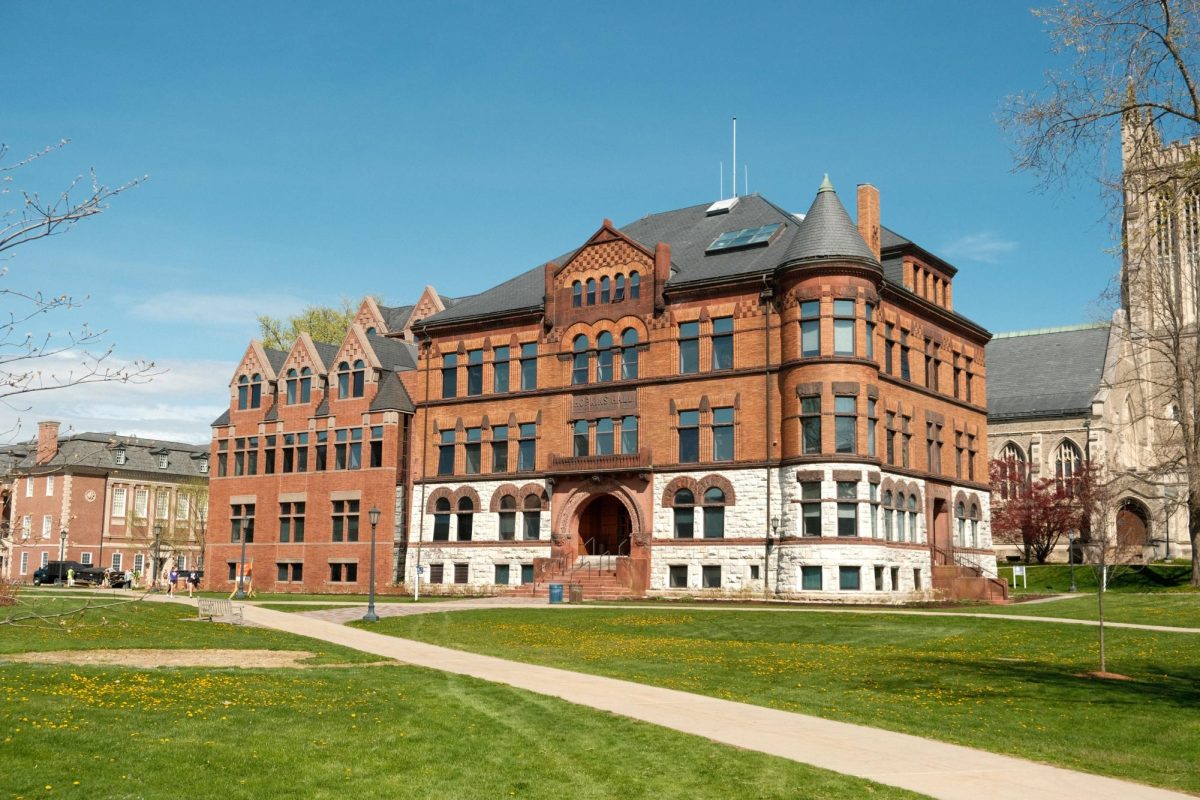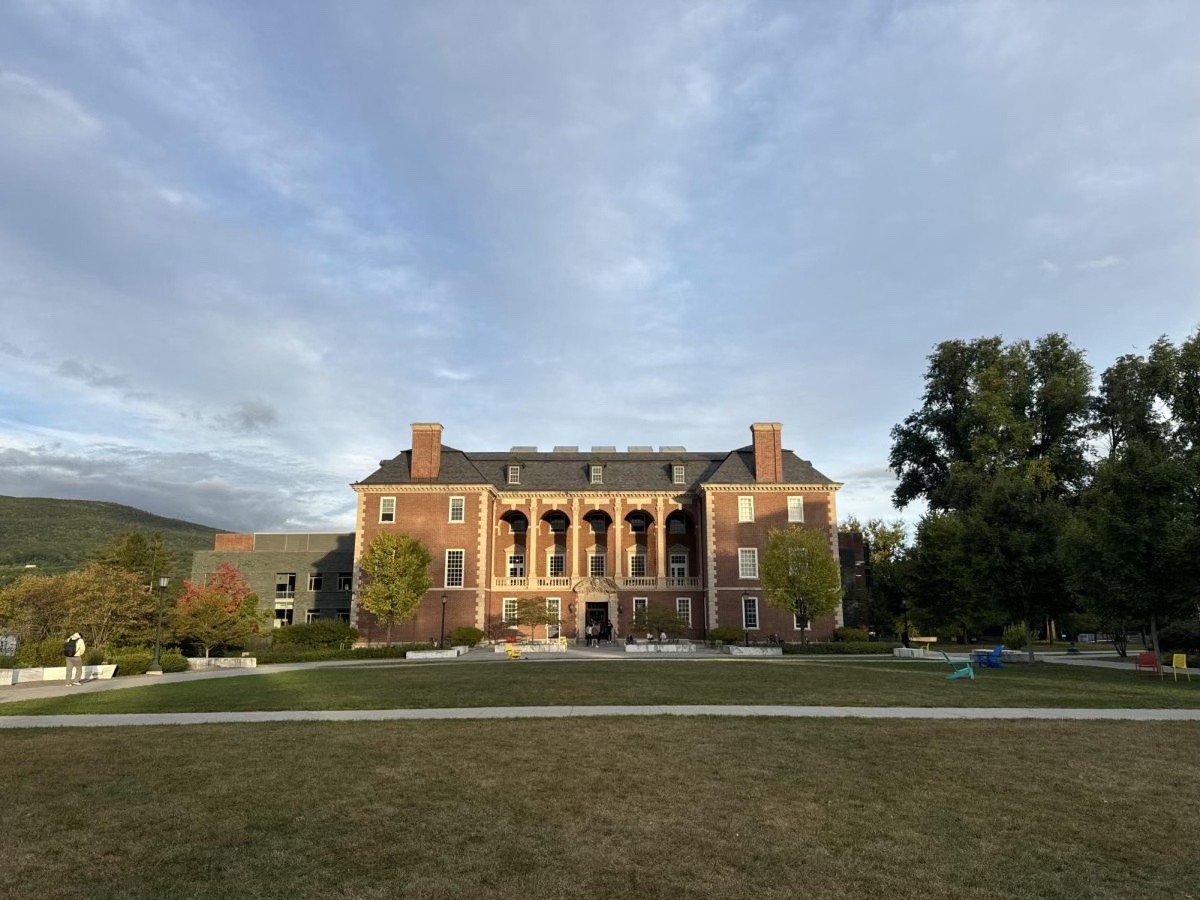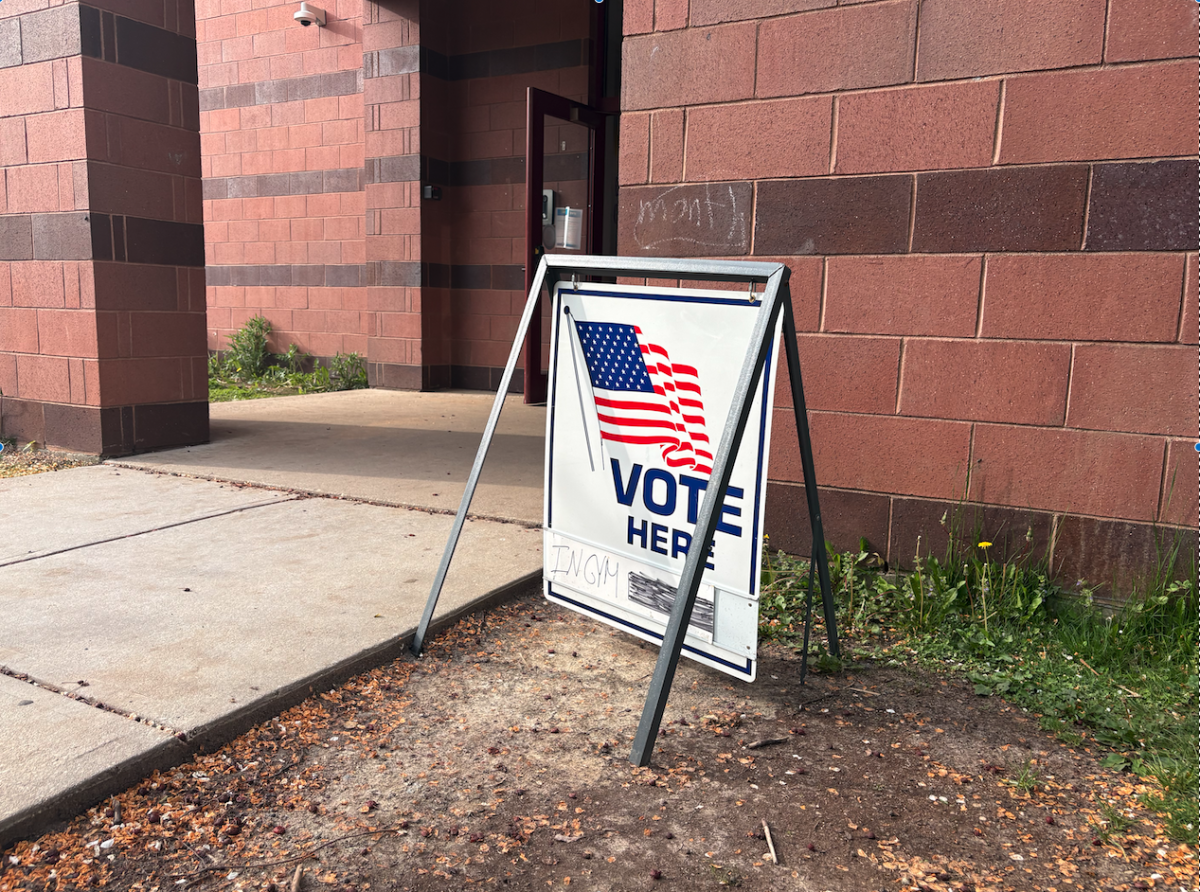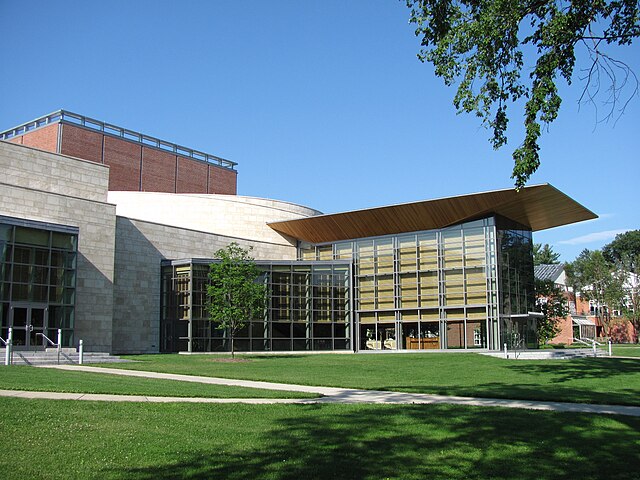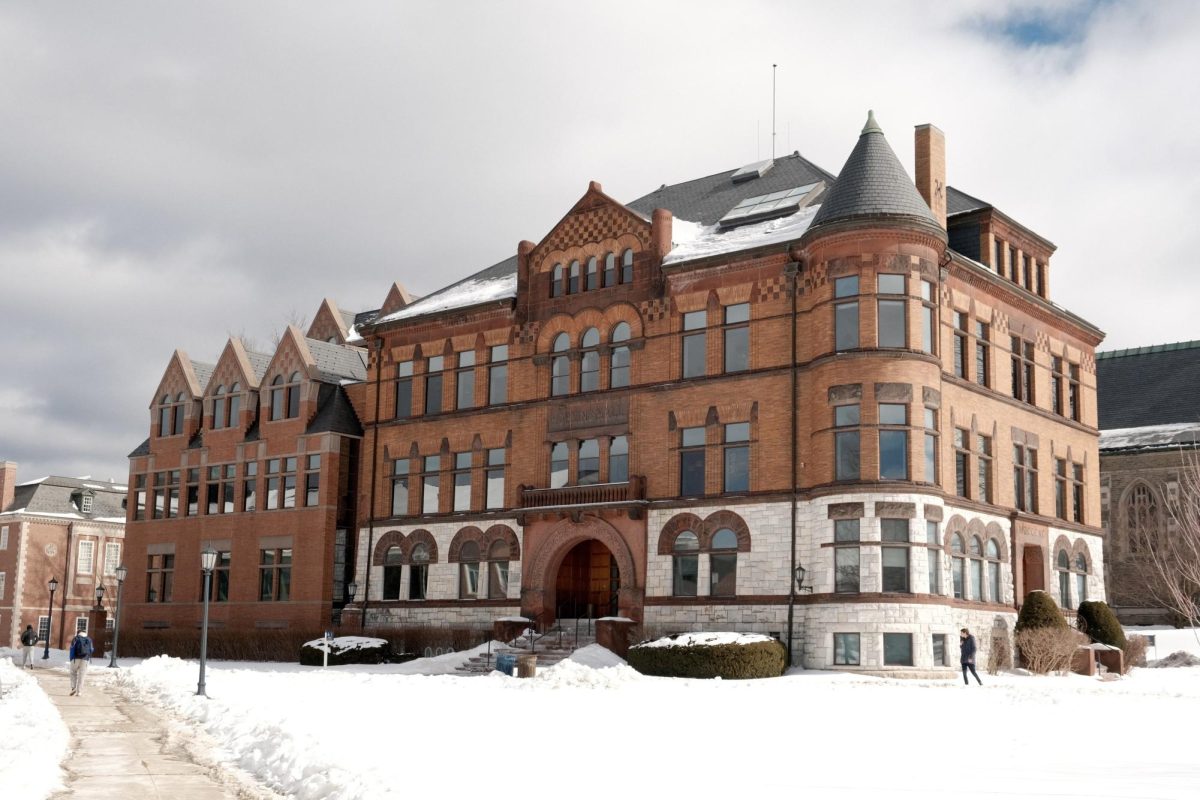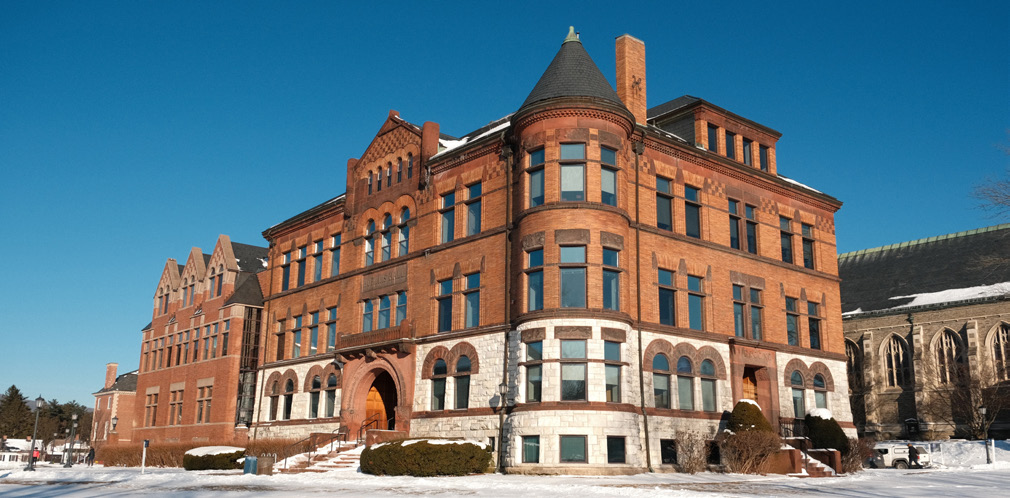
Campus Safety Services (CSS) publically published a surveillance camera policy for the first time on Feb. 6. The policy sets official guidelines for the use of security footage, stipulates that footage from cameras in most locations can be stored for no more than 30 days, and requires senior staff at the College to approve the installation of any new cameras.
Director of CSS Jeff Palmer said that the policy was part of an effort by the College’s administration and CSS to create a more organized set of surveillance practices. “There was more of an internal collection of policies than one core document,” Palmer said in an interview with the Record. “This was a move to formalize it into one cohesive document.”
The new limit on how long the College can store footage is one of the most significant changes to the policy, Palmer said. Previously, footage was stored on hard drives until their memory was full, at which point the footage would begin overriding itself, Palmer told the Record. He noted that some of the hard drives previously retained almost a year’s worth of camera footage.
The new policy allows footage to be stored for up to 60 days with the approval of Palmer, General Counsel Jamie Art, and Vice President for Institutional Diversity, Equity, and Inclusion Leticia S.E. Haynes ’99. After 60 days, the footage will be erased or overwritten unless a formal request is made to retain it as part of a criminal investigation, a court proceeding, or other official use, with approval from the same campus officials.
The procedures for expanding the use of security cameras follow discussions about the role of surveillance cameras at the College, Special Advisor to the President for Executive Communications and Media Relations Jim Reische wrote in an email to the Record. “From what I remember, the first time during my senior staff tenure that the topic came up was when the Science Center construction project was just getting underway,” Reische wrote. “The steel beams were in place, and we had reports of students breaking into the site and climbing on the multi-story structure.”
Trespassing incidents during the construction of Wachenheim in 2019 resulted in $7,500 in property damages and prompted the College to temporarily install high-resolution security cameras to identify the people responsible.
Reische said that bias incidents also prompted the consideration of expanded surveillance camera coverage. “Another major discussion [occurred] after an unknown person left flyers in the library stacks that had Confederate flags and an obscure mix of other racist and anti-Semitic symbols on them,” he wrote. The fliers, which depicted a Confederate flag, a Star of David, and a profile of Confederate General Thomas “Stonewall” Jackson, were found in the German history section of Sawyer Library. They were later discovered to be part of a 2018 bias incident in which an individual unaffiliated with the College distributed similar fliers at colleges and libraries across the Northeast, according to Reische.
“More recently, some people suggested or asked for cameras to be installed in response to offensive or troubling graffiti on the Soldiers’ Monument outside Griffin and on the Haystack monument,” Reische wrote. The Soldiers’ Monument was vandalized in Oct. 2022 with a Confederate flag, while the Haystack Monument was defaced twice the following year — first with phrases such as “Hail Satan” and “Pagan Rule,” and later with “Hell is hot” and “Shame on you.”
Following bias incidents along Route 2 targeting Black students last fall, Palmer met with the College’s Black Student Union (BSU) to discuss the possibility of installing cameras along the route. While the College did not take formal action in response to the incidents, Palmer said he hopes to continue working with the BSU and any other student groups that advocate for cameras. “I would be happy to have a conversation with them and figure out what that would look like, and then try to bring it to senior staff,” he said.
Any expansion of the College’s camera system could raise concerns over student privacy, Reische acknowledged. “Both within the leadership and more broadly, such discussions have always been characterized by significant attention to the tradeoffs between privacy and security,” he wrote.
The revised policy states that CSS does not usually monitor cameras in real time.
Since joining CSS in July, Palmer said he has only used camera footage twice, in response to campus incidents. He also said that the main use of the College’s cameras is in connection with alarm systems and spaces such as the Williams College Museum of Art (WCMA) and Sawyer Special Collections. “Most of our monitoring is either after an incident so we can review something or it’s in response to an alarm after a building is effectively closed,” Palmer said. “We can’t just be curious about something and watch some footage for that.”
In addition to WCMA and Special Collections, cameras are currently located at an off-campus library shelving facility, in the Chapin parking lot, in the Office for Information Technology server rooms, and at loading docks around campus.



